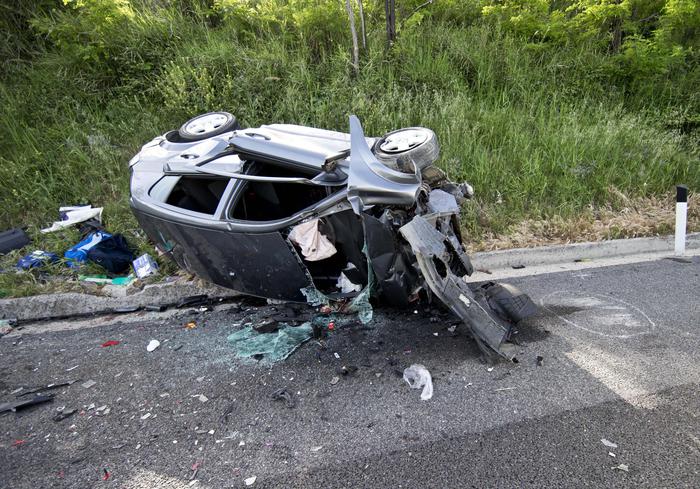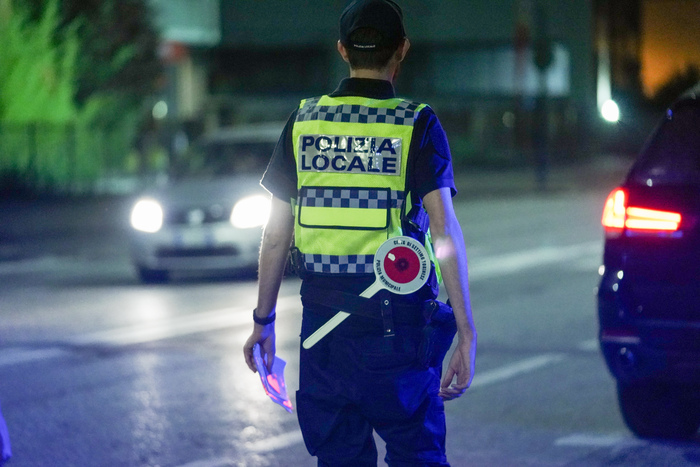Why are the stop signs octagonal?
What is the use of the orange color of traffic lights?
Who decided to drive on the right and not on the left?
Immerse yourself in the history of the Highway Code, which celebrates its hundredth anniversary this Thursday, has some funny surprises in store.
It also means discovering rules that have continued to evolve at the rate of changes in behavior on the road and the modernization of means of transport.
Between the "law on the traffic police", which governed harnessed traffic in 1851, and the regulations for "the use of roads open to public traffic" promulgated on May 27, 1921, France had already changed a lot.
A century later, the old Highway Code has taken a few wrinkles but is still alive.
And it is constantly adapting, as with the appearance of scooters which are now the subject of a specific decree.
The proof with this exercise of the true / false that we propose to you.
The license plate dates from the 18th century
The obligation to affix a number plate on his vehicle dates from 1901. LP / Olivier Boitet
TRUE.
"A royal ordinance of 1725 imposed an identification plate on coaches in order to be able to find their coachmen when they were the subject of complaints about their driving", recalls the interministerial delegate for road safety, Marie Gautier-Melleray.
The obligation to affix a number plate on his vehicle dates from 1901 and the hit-and-run law from 1908.
The French almost rolled "in the English way"
TRUE.
A draft code dating from 1912 proposed to “drive on the left”.
At the time, "the countries driving on the left were already in a very minority", recalls the general engineer of Ponts et Chaussées Jean Orselli.
The municipal councils consulted on this project overwhelmingly rejected this idea.
There were already speed limits in 1921
FALSE.
Already under pressure from associations for the defense of motorists, the 1921 code repealed the speed limits imposed by a decree of 1899 (30 km / h in the open countryside and 20 km / h in town).
Each driver is simply asked to remain “in control of his vehicle”.
This situation continued until 1962 when the speed was limited in built-up areas to 60 km / h, then new thresholds were set outside cities from 1973 after a massacre of road deaths in 1972: more than 18,000 people had been killed.
The belt has been compulsory for almost 50 years
Front seat belts were imposed in 1973. LP / Amanda Breuer Rivera
TRUE.
It was from 1973 that seat belts were required, but only at the front.
At the time, some criticized it strongly and an artist even went so far as to publish a pamphlet entitled "the Belt that kills".
On the other hand, nothing forbade driving after having drunk until the end of the 1960s. It was not until 1970 that a rate of drinking and driving was set.
The army has lifted the roadblocks of opponents of the point permit
TRUE.
At the beginning of July 1992, thousands of truck drivers blocked the roads of France to protest against the introduction of the point permit, paralyzing departures on vacation.
Up to 400 trucks are blocking the A1 motorway in both directions.
Pierre Bérégovoy, then Prime Minister of François Mitterrand, decides to send the army to “blow up” the traffic jams.
Armored vehicles are even sent to dislodge certain heavy goods vehicles.
After ten days, the roadblocks are all lifted.
In 1921, you could ride in the middle of the road
TRUE.
At the time, we had not yet left the civilization of the horse and the rules were suitable for harnessed cars, now, for example, the possibility of driving in the center of the road in the absence of another vehicle.
According to the comments of the time quoted by Jean Orselli, “this is the best practice for high and unstable harnessed cars on heavily curved pavements on the roads of the time.
This provision will not be removed from the code until 1933, the horse having then practically disappeared ”.
We went from 4 panels to 350 today
Today, there are 350 panels in France.
LP / Olivier Corsan
TRUE.
"The very first code proposed in 1905 by the Automobile club des Vosges included fifteen articles and referred to the installation of road signs which still exist today", explains historian Mathieu Flonneau.
These were the two dangerous intersection and turn signs, the hole in the roadway sign and the level crossing sign.
“Today there are 350 panels in France”, specifies the historian.
The stop sign appeared in 1945
FALSE.
“It wasn't until 1955 that the first stop sign appeared on our roads,” recalls Mathieu Flonneau.
It is the only octagonal panel that we know of because it was a way of distinguishing it from all the others, round or triangular, if it ever found itself covered in snow after a storm.
"
The orange light was designed for the color blind
TRUE.
“The first traffic light appeared in Paris in 1932,” says the historian.
Ten years earlier, there were only fixed red lights that came on when you had to stop ”.
The green color then appeared.
"So that color blind people cannot make a mistake between green and red, we decided to put an orange light in the middle", specifies Mathieu Flonneau.









